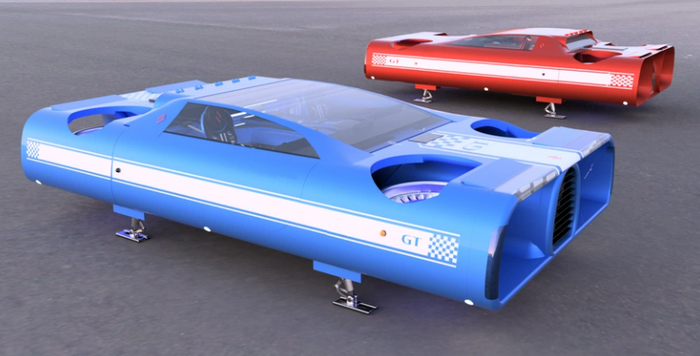Flying Car Company Partners to Create 700 Landing Facilities
Australia-based Ace VTOL plans to establish an advanced air mobility infrastructure ecosystem

Flying car company Ace VTOL and Volatus Infrastructure and Energy Solutions, which develops takeoff and landing facilities for flying cars, have entered into a joint venture to create an advanced air mobility ecosystem in the Oceania region.
The venture intends to develop a system of 700 vertiports, where eVTOL (electric vertical takeoff and landing) vehicles can operate from and be serviced, including battery charging.
Subscribe to our freenewsletter >>>
The companies previously signed a memorandum of understanding to work together, which is now formalized.
“Our joint venture with VI&E Solutions signifies a decisive first step for the realization of a new transport demographic for people in the Oceania region,” said Brett Northey, CEO of Ace VTOL. “VI&E Solutions will enable a connective framework of eVTOL ownership and operations for private and commercial use cases to shorten the distances in our great southern lands.”
The partnership plans to establish an advanced air mobility infrastructure ecosystem, develop a wheelchair-accessible solar-powered lift and integrate Ace’s unmanned traffic management system.
Ace VTOL, headquartered in Perth, Australia, recently received a $250 million order for its vehicles to be sold in the American flying vehicle showrooms. The order for Ace flying vehicles came from Aeroauto in West Palm Beach, Florida, where two showrooms already are located.
Ace is developing electric aerial vehicles (EAV) ranging from air taxis to high-speed flying craft.
The Ace aircraft, called GT Slipstream, is a two-seater flying car promising speeds of up to 270 mph with a range of 300 miles on a charge. Ace refers to it as a ‘flying muscle car.’

Ace VTOL'sS GT Slipstream
The vehicle is intended to enter the U.S. market as early as 2027, pending certification for test flights by the Federal Aviation Administration (FAA), which recently started issuing airworthiness certificates to EAV companies. Flight testing is well underway around the U.S.
A prototype is intended to be completed within a year and pilot training is expected to initially take place with NerobotX, a Boeing-backed company that uses advanced artificial intelligence in simulation training.
Like what you've read? For more stories like this on flying cars and emerging technologies, sign up for our free daily email newsletter to stay updated!
Read more about:
Flying CarsAbout the Author
You May Also Like








